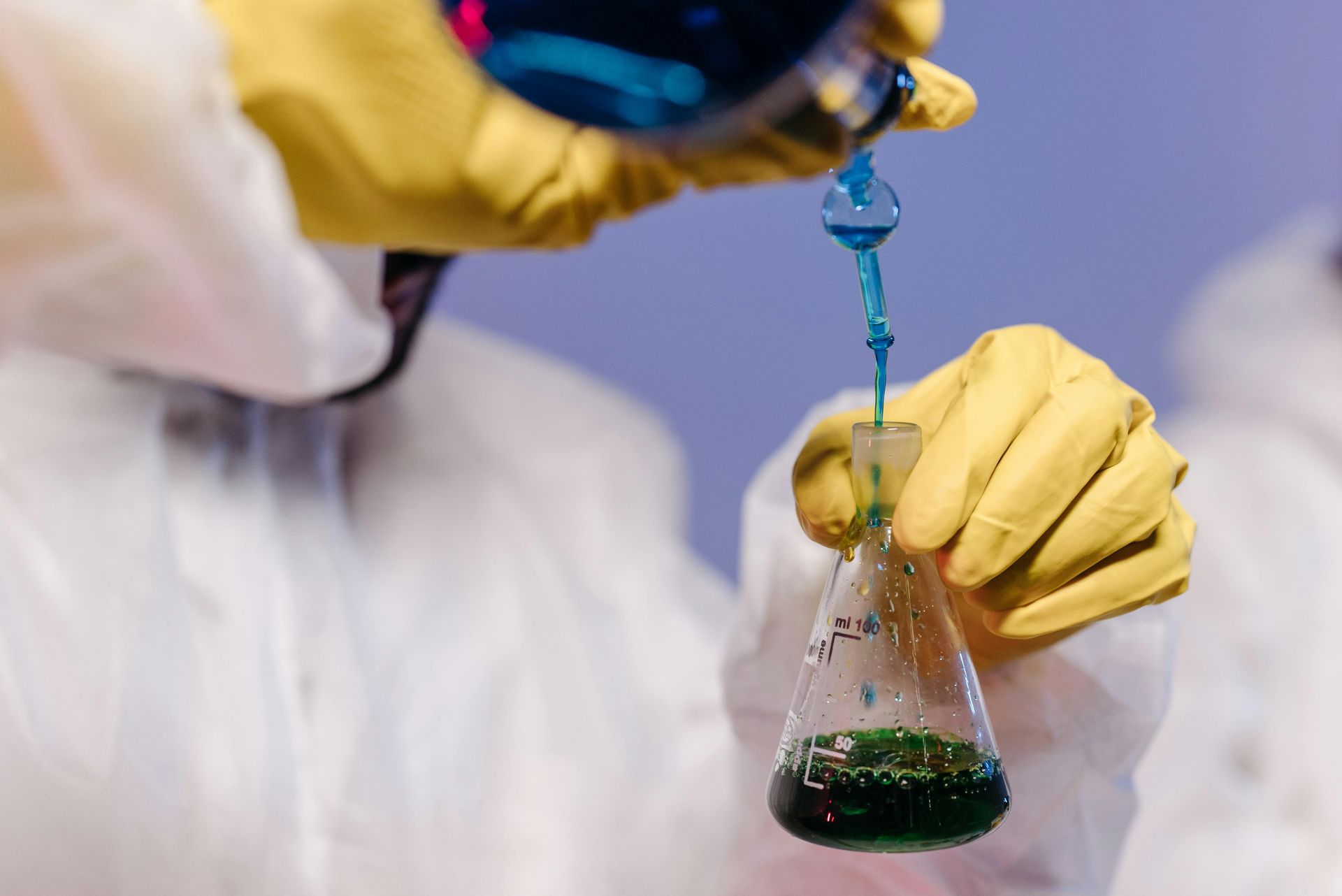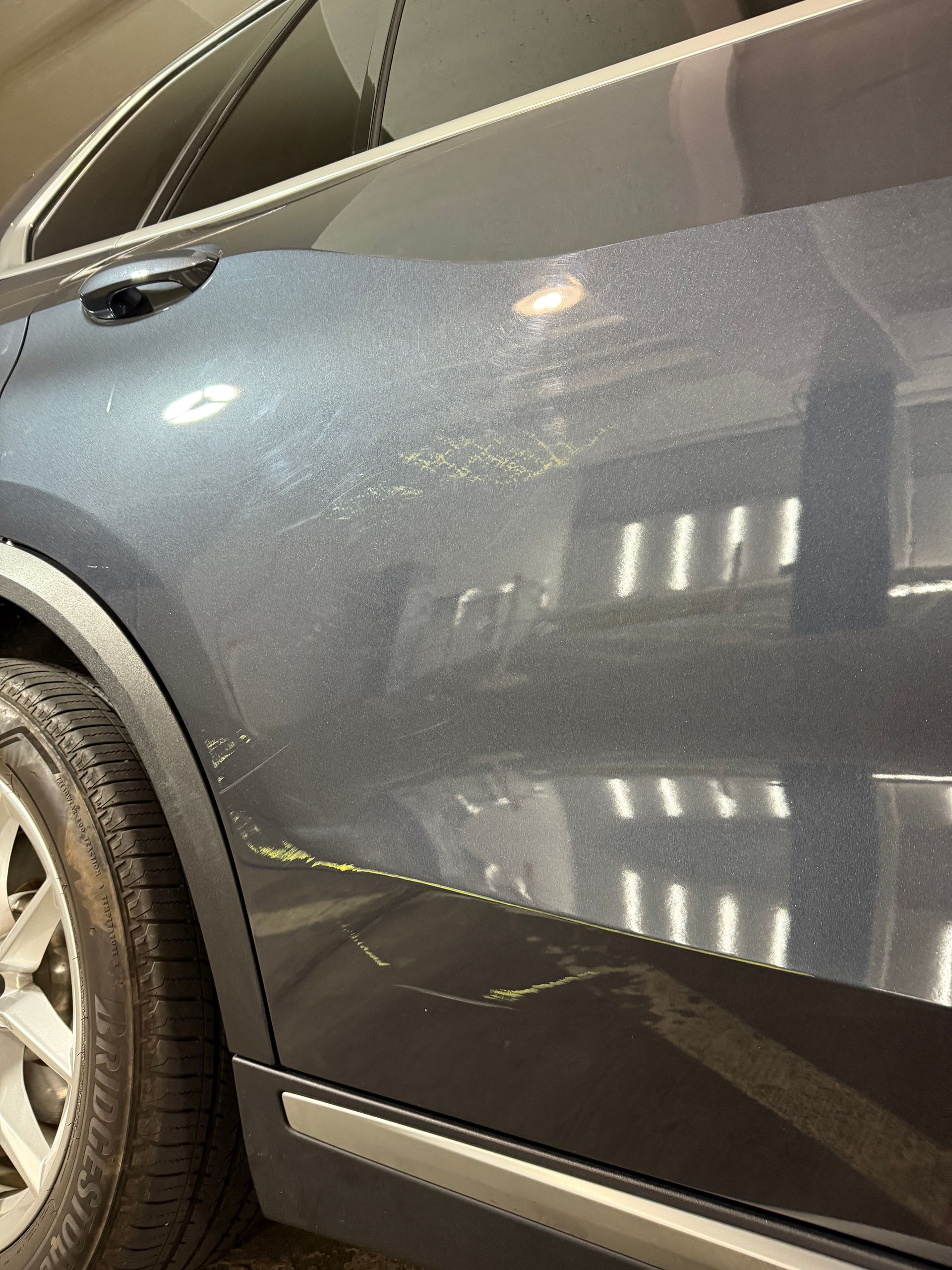By Ana B.
•
March 20, 2025
Parking garages can be challenging environments for your vehicle, with tight spaces, low ceilings, and the risk of accidental damage. Whether it's a minor scratch or a more significant dent, knowing how to assess and address the damage is crucial. This article will guide you through identifying common types of damage, understanding when professional help is needed, and learning how to prevent future incidents. Common Types of Damage in Parking Garages 1. Scratches: These are often caused by other vehicles brushing against your car. Scratches can range from superficial to deep, potentially affecting the paint or even the metal beneath. 2. Dents: Dents occur when another vehicle collides with your car, often during parking maneuvers. These can vary in severity, from small dents to more extensive damage. 3. Paint Transfer: This happens when another car's paint transfers onto your vehicle, usually due to a minor scrape or bump. While not as severe as other types of damage, it can still be unsightly. Assessing the Damage If your car is damaged in a parking garage, the first step is to assess the extent of the damage. Here's how to do it: Check for Paint Transfer: If you notice a different color on your bumper or another part of your car, it could be paint transfer. This is often a sign of a minor scrape. Inspect for Scratches: Run your hand over the affected area to feel for scratches. If the paint is rough or uneven, it may require touch-up. Look for Dents: Examine the body of your car for any dents or depressions. These can be a sign of a more significant impact. Check for Primer or Plastic Exposure: If the damage has exposed the primer or the underlying plastic, it indicates more severe damage that likely requires professional repair. When to Seek Professional Help Exposed Primer or Plastic: If the paint has been removed and the primer or plastic is visible, a professional touch-up or respray is necessary. Severe Scratches or Dents: Deep scratches or large dents should be addressed by a professional to prevent further damage or rust. Uncertain Damage: If you're unsure about the extent of the damage, it's always safer to consult a professional. Repairing Parking Garage Damage 1. Paint Touch-Up: For minor paint transfer or scratches, a paint pen can be used to touch up the affected area. Ensure you use a color that matches your car's paint. Follow these steps: - Clean the area thoroughly. - Lightly sand the edges of the damage to blend the paint. - Apply the touch-up paint in thin layers. - Allow each layer to dry before applying the next. - Finish with a clear coat if necessary. 2. Paint Correction and Polishing: For lighter scratches, paint correction using fine abrasive materials can smooth out the surface. Polishing will then restore the shine. 3. Dent Repair: Depending on the severity, dents can be repaired using paintless dent repair (PDR) for minor dents or traditional body work for more significant damage. Preventing Damage in Parking Garages To minimize the risk of damage, consider the following tips: Park Strategically: Choose a spot that offers enough space to maneuver without risking contact with other vehicles. Avoid Tight Spaces: If the space is too tight, it's better to find another spot to park. Use Sensors: If your car has parking sensors, rely on them to help judge distances accurately. Be Cautious When Backing Out: Take your time and check your surroundings before reversing. Consider Protective Covers: Using protective covers can add an extra layer of defense against minor scratches and dents. Insurance and Legal Considerations If the damage was caused by another driver, consider filing a claim with your insurance company. Document the incident with photos and contact information from the other party. If the parking garage management is responsible, they may have liability insurance to cover the damage. Dealing with parking garage damage can be frustrating, but with the right knowledge and approach, you can address the issue effectively. By assessing the damage accurately, knowing when to seek professional help, and taking preventive measures, you can protect your vehicle and maintain its appearance. Remember, a proactive approach can save you time, money, and hassle in the long run.










